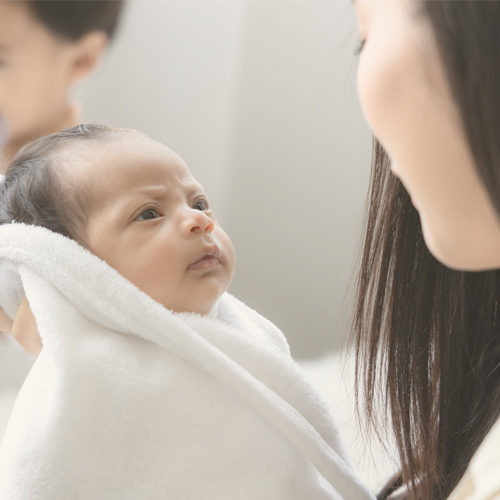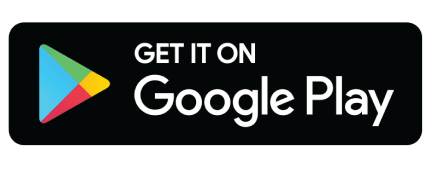A child’s vision from birth to age 2

Babies are not born with all the visual abilities they need in life; their vision develops over time. By age 2, Your Child should have developed eye-hand coordination, depth perception, the ability to interpret visual images, and the ability to focus on near and far objects.
Your Child’s milestones of vision
While every child is different, with each one reaching the milestones at different ages, the following are some age-related guidelines that can give you an idea of what to expect in Your Child’s eyesight development and other vision-related functions:
Birth
Within the first few days after birth Your Child’s vision is still weak:
- Vision is fuzzy
- Blinks in response to bright light or touching the eye
- Eyes may not be coordinated and may look crossed-eyed
- Can only stare at object if held 8 to 10 inches away
- Fixes eyes on something and may not be able to follow a moving object
1 month
By the end of the 1 month, Your Child may be able to do the following:
- Look at faces and pictures with contrasting black and white images
- Follow an object up to 90 degrees
- Watch familiar faces closely
- Bring tears when crying
2 to 3 months
After 2 to 3 months, Your Child may be able to do the following:
- Focus the two eyes on an object and sees it as one image
- Look at waving hands
- Follows the direction of light, faces, and objects
4 to 5 months
When Your Child is about 4 to 5 months old, your baby will be able to do these:
- Look at own hand and use it at will
- Extend hands to grab a hanging object
- Recognize the bottles used for feeding
- Look intently at self in the mirror
5 to 7 months
At this age, expect the following:
- Your Child has complete color vision
- Your baby is able to see at longer distances
- Your Child can track a toy that is dropped and reach for it
- The little one can turn head to see an object
- Your baby may prefer certain colors to others
- Your Child will try to touch the image of self in the mirror
7 to 11 months
By this time, Your Child can:
- Master eye-hand coordination when crawling
- Stare at small objects
- Appreciate the concept of depth
- Play peek-a-boo
12 to 14 months
At this age, it is expected that Your Child can do these:
- Watch objects that are moving fast
- Be able to place shapes in proper holes
- Be interested in pictures that appeal to your little one
- Recognize familiar objects and pictures in books and be able to identify some objects in books when asked to
- Point and gesture for objects and actions
- Recognize own face in the mirror
18 to 24 months
By this time, Your Child has not only developed good visual abilities but also acquired great cognitive and fine motor skills. Your little one should be able to do these:
- Focus on objects near and far
- Scribble with crayon or pencil and may be able to imitate drawing a straight line or circle
- Point to body parts, such as nose, hair, and eyes, when asked
Signs of vision problems
Vision problems are quite rare in infants and young children. Most babies are born with healthy eyes and develop all the visual abilities they will need throughout life without any difficulty.
However, a few do have some congenital eye problems or develop one after birth. As a parent or caregiver, look out for the following signs of eye and vision problems:
- Excessive tearing, which may be as a result of blocked tear ducts
- Crossed eyes after 6 months, which may indicate a problem with the eye muscles
- Extreme sensitivity to light, which may be due to elevated pressure in the eye
- Red or encrusted eyelids, which could signal an eye infection
- The appearance of a white pupil – this may indicate the presence of cataracts or eye cancer
When you notice any of these signs, you need to see your pediatrician, who may refer you to a pediatric ophthalmologist.
Verified:
Dr. Piyawut Kreetapirom, MD. license no. 41578 (31 March 2021)



